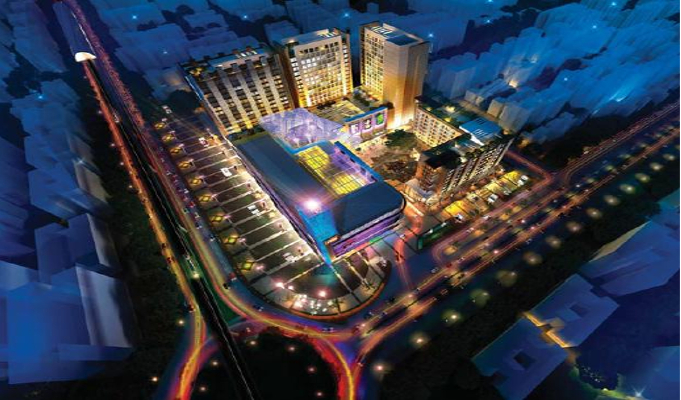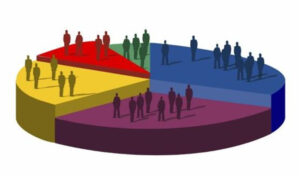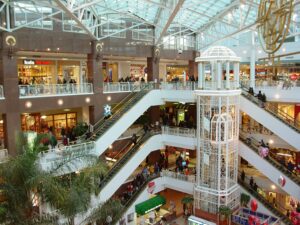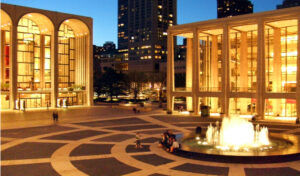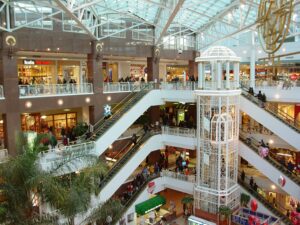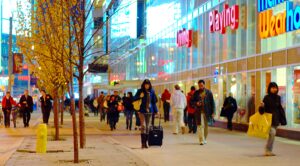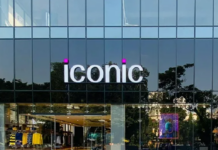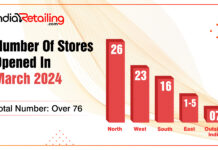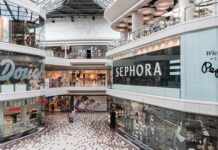Retail habits change all the time, as customers get more demanding, technology advances and as social paradigms shift. Within these ever evolving scenarios so do organised retail formats need to constantly develop and adapt over time. We delve deeper into some pertinent factors to ensure the success of brick-and-mortar retailers in dynamic retail scenario because on their success depends the survival of today’s mall.
1Knowing Your Catchment
From scale and size, type of format and to who’s your tenant, it is quite simple but it’s not going to work if you don’t understand what it is you need to provide where. Understanding the market, the demographic and responding to the competition is fundamental in ensuring your centre’s success. So getting the right retail consultants to offer you early help in developing your brief is vital to ensuring early success.
2The Right Tenant Mix
It’s all in the mix! Whilst there are norms and rules to the mix and size of tenants that many retail designers and consultants can advise upon, India needs more variety and international players to get on board. Today, more than ever, a fresh new tenant can light up the dimmest of centres, be it a new anchor tenant like IKEA with aggressive expansion plans to set up in India or a fine dining restaurant with lounge seating, walls of books and a performance space/stage.
3Being Original
What’s your pull? What is different about your mall? Its high tech interactive facade? The new open public plaza holding a range of events during the day and become a performance plaza at night? Or a place where people can gather and watch a film via bluetooth on the big screen? Is the retail supplementary to an even bigger type of offering…?
A centre of performing arts for example or the largest aquarium in the city.
The must is to think out-of-the-box and find new exciting ways to incentivise people to shop and linger longer. We need to think of malls as lifestyle centres, that form an integral part of our town centres and daily activities. Instead of boring long facades, we need a building with active edges that creates and animates the streets.
Let’s bring back the idea of a standalone cinema that become an immediate much loved destination and icon for the city, such as the much loved picture houses of Mumbai — Regal and Eros.
4Mixed Use Developments
Let them become a living breathing part of our cities, woven into the very fabric offering a variety of different asset classes and activities. Creating a destination and an ethos of work, live and play. Where entertainment centres, cultural activities, residential buildings, office buildings, community and banqueting facilities become a part of our everyday walk, adding to the quality and richness of our daily experiences.
5The Experience
Beyond the type of tenant, or the size of an anchor, the most important question to ask ourselves is what type of user experience are we creating. Not only from the aesthetics of the interior, but also the need to create a development that offers the consumer a varied and unique experience. The quality of the exterior and interior lighting, the nature of the public realm, the design and placement of the environmental graphics and way finding elements are all designed elements by specialist consultants that when managed well can add great value to user experience.
The recognition of people wanting to move around quickly with good supporting infrastructure and offering qualitative public spaces supported by a rich offer in tenant mix adds to creating the sense of lifestyle.
6Address the Digital Age
Let’s embrace technology and make this digital experience one that fascinates and creates unique moving breathing facades. Facades that we can connect with and interact with.
We have heard so much of the Omnichannel experience defined as a multi-channel sales approach that provides the customer with an integrated shopping experience. However, if the user experience isn’t integrated and seamless it will become a hindrance and a fad as oppose to something that will enhance our shopping experience. So mobile marketing, great websites and social media platforms need to work together. Creating a strong, easy to use and reliable technology that also integrates ‘brick-and-mortar stores.’ A good example of this is from the UK fashion retailer Oasis. You enter the store, you are given an iPad, you find your product, and pay for it with your iPad acting a s a cash register. And if the product is out of stock, the staff will ensure it is shipped to your home in good time.
The average Indian consumer today, might have more money to spend but is much more sophisticated than he was a decade ago. To guaranteeing good footfalls and sales we have to start designing centres that look beyond the depth of a shop, the size or width of the mall and the width of the upper mall passage. We need to challenge the very nature of what it is we are creating when opportunity presents itself. The mall in its entirety needs to be seen as the city’s anchor, a destination for all to congregate. And to bring the people there we need to start thinking beyond just creating a soulless big box with dead elevations, but a building which forms part of our city fabric offering rich and varied user experiences.




